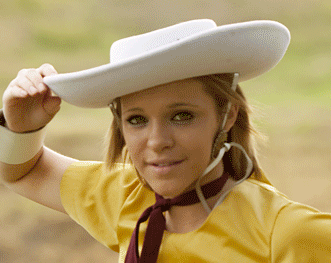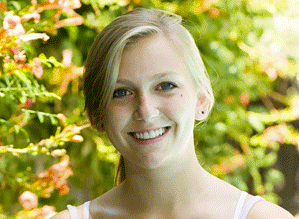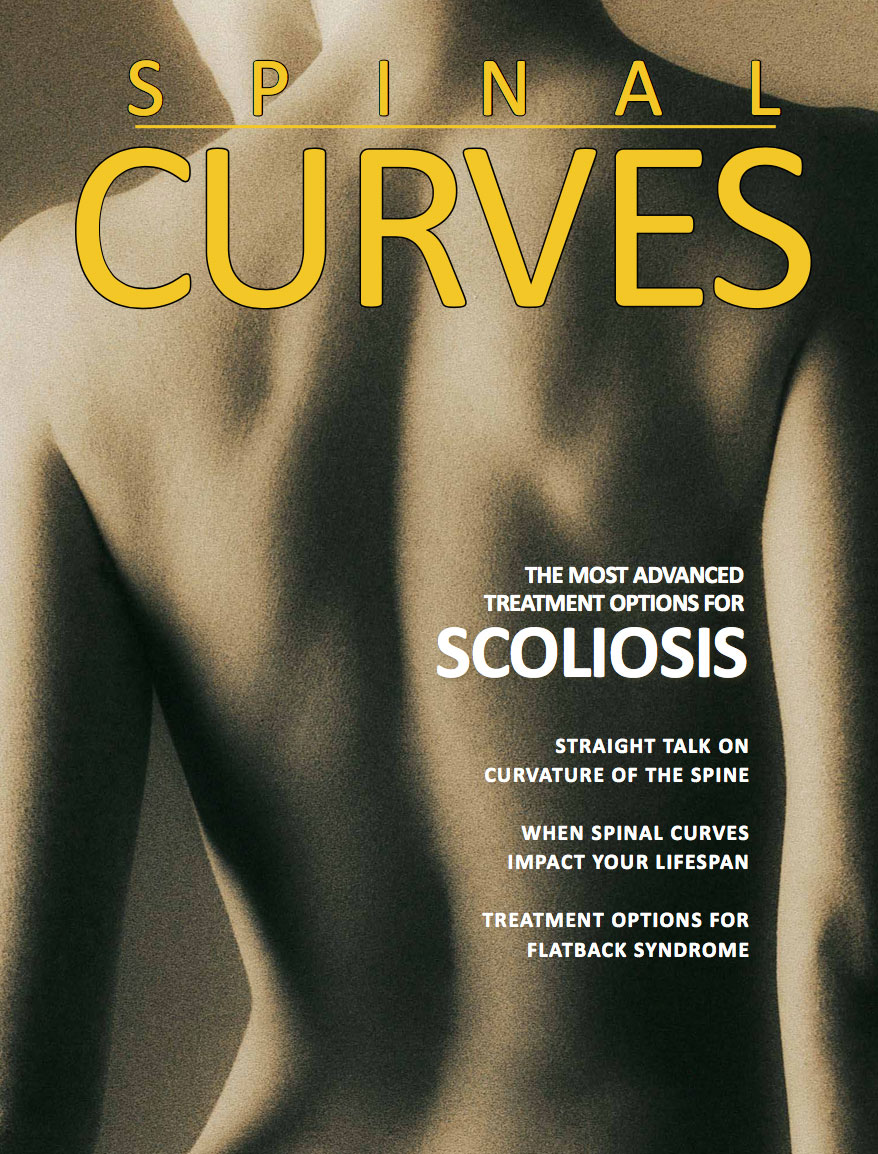Adolescents (Age 9-13)
For patients 9 and older, again observation is the rule. If your child is 9-13 years old, they may be a candidate for the genetics test for scoliosis (see Genetics Test for Scoliosis), which may help avoid treatment your child does not need, or in cases in which the test predicts a severe curve, move to innovative, less invasive treatments to avoid open spinal reconstruction. Occasionally bracing may be of benefit. In these cases, the Boston Brace is used for thoracic and double curves, and the Charleston Brace can be used initially for lumbar located curves.
 Stephanie - Adolescent Scoliosis |
 Rachel - Adolescent Scoliosis |
In patients with significant growth potential (8-12 skeletal age) with progressing curves, a high genetics test score, and curves 20-40 degrees, may benefit from vertebral body stapling, in which minimally invasive approaches are used to deliver a nitinol staple (see Vertebral Body Stapling). This procedure uses the spine's remaining growth to correct the scoliosis.
In large curves, over 40 degrees for lumbar curves and over 45 degrees for thoracic curves, surgery may be indicated. Preference is given to minimally invasive scoliosis reconstruction (see Minimally Invasive Approaches) when advisable.
Research Study: Waiting is not the best policy for kids with spinal curves
When children have spinal curves, physicians move cautiously. But now new research may be saying that waiting is not the best policy for children with spinal curves because they can quickly worsen to the point that more invasive surgery is required to correct the curve.
In the Canadian nationalized health care system, stories about patients having to wait many months for diagnostic studies and non-emergency surgeries are commonplace. These long waits for treatment represent the downside of government health care plans in Canada and the United Kingdom. Interesting researchers from Canada documented that long waits for treatment have shown to adversely affect the care of children in Canada who have scoliosis.
 Researchers reported results from two studies about scoliosis treatment in a recent Canadian Medical Association Journal that revealed teens with scoliosis that wait more than three months for scoliosis surgery, risk further complications to their spine. Scoliosis surgery is one of the most common procedures performed in pediatric orthopedics.
Researchers reported results from two studies about scoliosis treatment in a recent Canadian Medical Association Journal that revealed teens with scoliosis that wait more than three months for scoliosis surgery, risk further complications to their spine. Scoliosis surgery is one of the most common procedures performed in pediatric orthopedics.
The study found that patients waiting extended periods of time for surgery might need more surgery than originally to achieve the same results. Waiting for surgery can allow the spine to develop a worse curvature, which may require more blood loss and risk of damage to nerves (paralysis) when surgery is finally performed.
The study showed that waiting for surgery in patients that were skeletally immature or had larger curvatures of the spine showed the most adverse events for waiting for surgery. The researchers concluded that the younger the patient (teenage years) and the more they are in a growth spurt, the more risk that a spinal curve can quickly worsen.
The scoliosis research advised scoliosis surgeons to wait no longer than three months before acting, not the recommended waiting time of up to six months. The study showed that waiting longer than 6 months, 10-15% needed additional surgery that did not need at first, compared to 1.6% needed additional surgery who waited less than six months. Patients who waited longer also had longer surgeries and longer hospital stays.
For patients in the United States, this research implies that parents need to move quickly if they suspect their child has a spinal curve, and to be decisive when it comes to treatment, especially if surgery is recommended.
For more information on this research study, click to:
https://www.cbc.ca/news/health/story/2011/05/02/scoliosis-pediatric-surgery-wait-times.html






